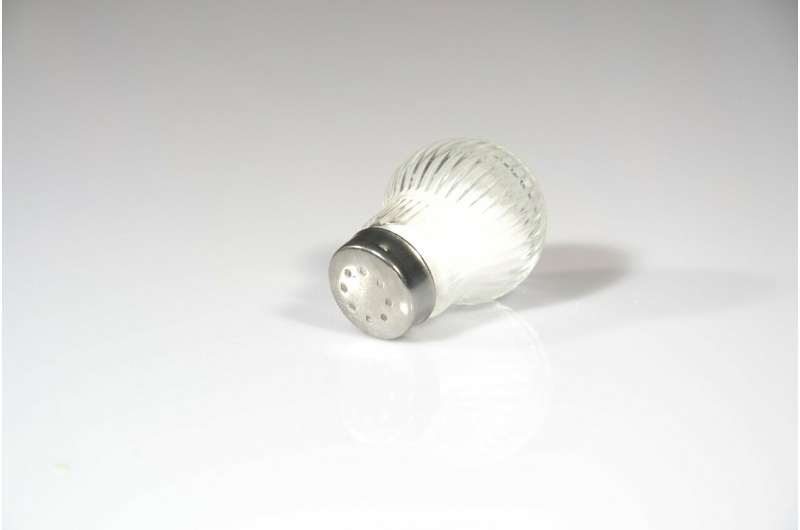Americans eat 50% more salt than recommended, and FDA wants to change that. Here’s how

It’s no secret the U.S. depends on processed, packaged foods; they are convenient and affordable.
But these foods are also the source of 70% of sodium in Americans’ diets, the majority of which comes from salt added during the manufacturing and commercial food preparation process.
Now, federal health officials have proposed new, and entirely optional, guidelines for the food industry to lower salt concentrations in an attempt to slow the “growing epidemic of preventable, diet-related” diseases, such as diabetes and obesity. Such health consequences disproportionately affect communities of color, kill thousands of people, and cost billions in yearly health care.
In a “final guidance” issued Oct. 13, the U.S. Food and Drug Administration recommends about a 12% reduction in sodium intake over 2.5 years. That will take the average American salt consumption from 3,400 milligrams per day to 3,000 milligrams per day.
Still, that target is much higher than the recommended limit of 2,300 milligrams per day for people ages 14 and older. The FDA said “even these modest reductions made slowly over the next few years will substantially decrease diet-related diseases.”
The new guidance applies to 163 categories of food, including meats, cheeses, frozen foods, breads, several sauces and bakery products, made by food manufacturers, chain restaurants and food service operators.
The FDA notes similar “voluntary and gradual approaches” have been successful in Canada and the U.K.
“This iterative approach will help support gradual reductions in sodium levels broadly across the food supply so that consumers’ tastes adjust, health outcomes improve and no one company or category of food is singled out or scrutinized,” the FDA said in a news release. “In the future, we plan to issue revised, subsequent targets to further lower the sodium content incrementally and continue to help reduce sodium intake.”
Studies have shown Americans consume 50% more sodium than recommended, and more than 95% of kids between ages 2 and 13 surpass recommended salt intake limits for their age.
The American Heart Association said it “applauds the FDA’s new voluntary guidance,” but that lowering sodium intake to 3,000 milligrams per day “is not enough.”
Dropping targets to the actual recommended amount per the U.S. Departments of Agriculture and Health and Human Services could prevent an estimated 450,000 heart disease diagnoses and save $40 billion in health care costs over two decades.
“While educating the public about the consequences of consuming too much sodium is a valuable tool, it is not enough to truly impact consumers’ health due to the high amount of sodium in the food supply,” the group said in a news release. “The adoption of these targets will be a crucial step in helping countless people across the country decrease their sodium intake.”
Source: Read Full Article
